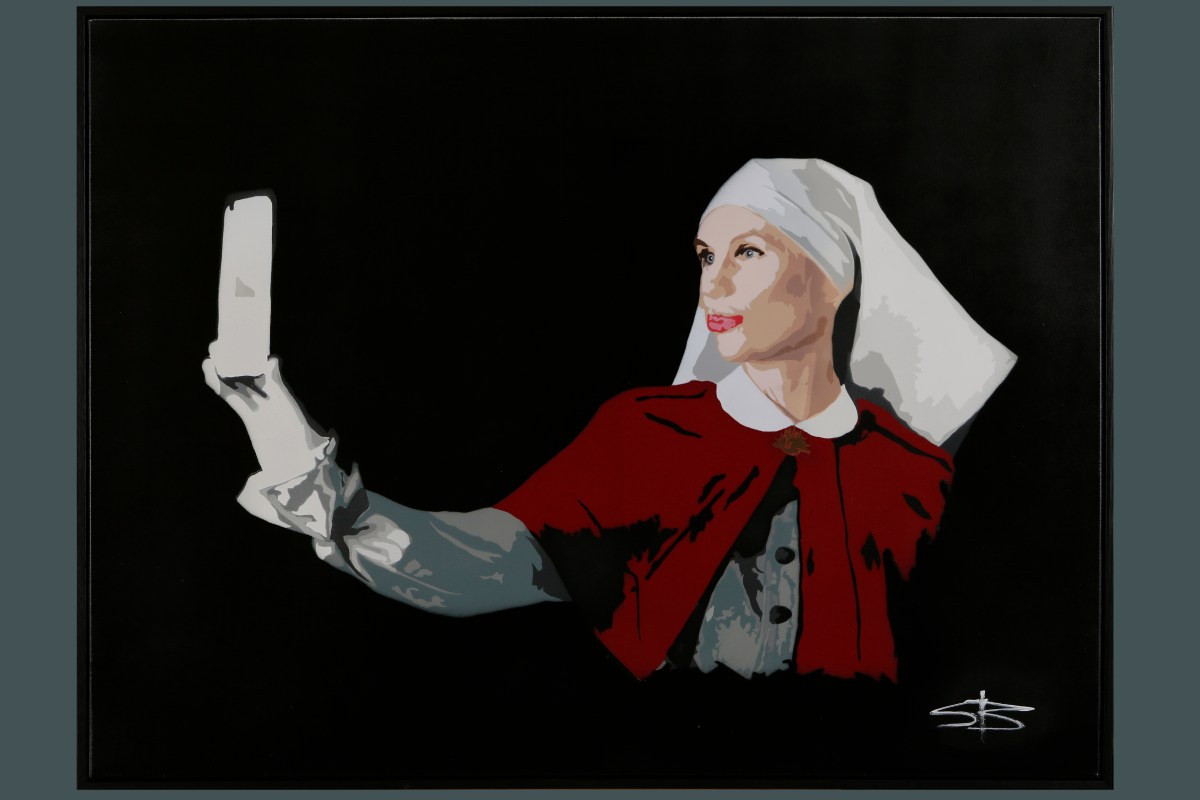This year, Veterans’ Health Week falls at a time when Australia has recently ended its longest overseas military commitment in our nation’s history.
Post-Vietnam we slowly emerged into a new peace, eventually finding our long war in Afghanistan.
For many contemporary veterans, the new strategic draw down heralds a time of reflection on the personal cost of service, the impact on their families, and how history will mark their sacrifice.
Many in the veteran community have their resilience shields up. Protecting and fortifying themselves and their families as we face different adversity, threats, tragedy and the daily stress of life: all amplified by a global pandemic.
Resilience is the mind set of adapting well in the face of hardship. One of the foundations of resilience is having purpose. When people feel they are contributing something meaningful and have direction in life, this can help towards attaining greater physical, psychological and social wellbeing.
The vast majority of veterans lead healthy productive lives but similar to the broader community, approximately one in five of us will experience some form of serious physical or mental illness this year.
As a former British and Australian infantry ‘grunt’ I always considered myself ‘ten-foot-tall and bulletproof’. So I was frightened and angry when I found myself struggling to manage my mental health.
In retrospect, I’d lost sight of my purpose: the new horizon eclipsed by the dark brooding storm clouds of mental illness.
Standing alone in the growing storm, the stigma of mental illness meant I was both unwilling and unable to verbally communicate the help I needed.
I retreated to a bolthole room in a ramshackle Footscray warehouse and instinctively began painting the thousand words I could not speak.
I painted stark monochrome portraits of former comrades, people with strong moral integrity, shared values and of course the mandatory gallows humour in the face of adversity.
In hindsight, I can see why I was painting these characters: to reaffirm my identity and purpose in the world. It also helped me realise that the concept of ‘service before self’ still mattered, even if I felt I didn’t.
Unable to sleep, I painted portraits in laneways late at night, determined to leave a mark somewhere of my continued existence. I was fighting a new battle, one with myself this time.
Producing this artwork led to insightful conversations with veterans, old friends and random passers-by that gradually reopened my social connectedness, raised my self-esteem, and with the support of a patient GP, improved my overall sense of wellbeing.
In art, I had rediscovered a new purpose: to record and preserve my view of modern Australian military history.
In 2019, veteran artists Rory Cushnahan, Ben Pullin and myself were given an incredible opportunity by the Shrine of Remembrance to produce artworks for an exhibition called Between Two Worlds.
The exhibition is the first contemporary art exhibition to be displayed in the memorial’s galleries and it offered us an opportunity to share our stories of contemporary service and life beyond the uniform.
Through painting, sculpture and street art we reflect on our lived and shared experiences, the dislocation of post-service life, and our new identity and our determination to thrive in the face of personal adversity.
Veteran artists regularly flex their resilience muscle, sharing the highs and lows of a hidden life, daring to bare their truths to public scrutiny and risk crushing indifference to their personal story but it’s truely character building and we are stronger and better people for it.
I like to think we are continuing an Australian storytelling tradition which started post WW1: a tradition that has as much relevance today, as veterans seek new directions and purpose in life.
Melbourne has a particularly strong history of championing veteran artworks, with many scattered throughout the CBD. Look to the corner of Elizabeth and Collins street for the Children’s Tree, a bronze sculpture by WW2 veteran artist Tom Bass. Further up Collins St, on Newspaper House, is the iconic Napier Waller mosaic I’ll Put a Girdle Round the Earth.
Napier Waller dropped out of art school to fight in WW1. He was seriously injured in France, losing his right arm and was an out-patient at the Repatriation Clinic at 310 St Kilda Road. Through sheer determination he taught himself to use his left hand to draw and created iconic large scale mosaics scattered throughout Melbourne and Canberra.
The Repatriation Clinic was built for the health and wellbeing of the original Anzacs and veterans of World War II, the Korean War and the Vietnam War.
It employed proven art-based therapies to improve the mental, physical and social wellbeing of veterans like Napier Waller, and underscores the rich cultural contribution veteran artists are capable of delivering.
The clinic closed in 1980 and has remained vacant since. However, a proactive grassroots organisation dedicated to veteran health and wellbeing through the arts, the Australian National Veterans Arts Museum, stand ready with an army of expertise and supporters to return the clinic to its original purpose. Ironically at a time when demand for innovative and holistic veteran health services are overwhelming.
As our nation closes its longest war, once again the pen is mightier than the sword. Veteran artist sculptors, musicians, writers, actors and photographers have new meaning and direction; recording and preserving their authentic view of the people and events shaping our modern history.
Naturally, I still have good and bad days. Don’t we all? But through commitment to my art practice, I have routine, social connection and importantly, a purpose to leave my mark again.





